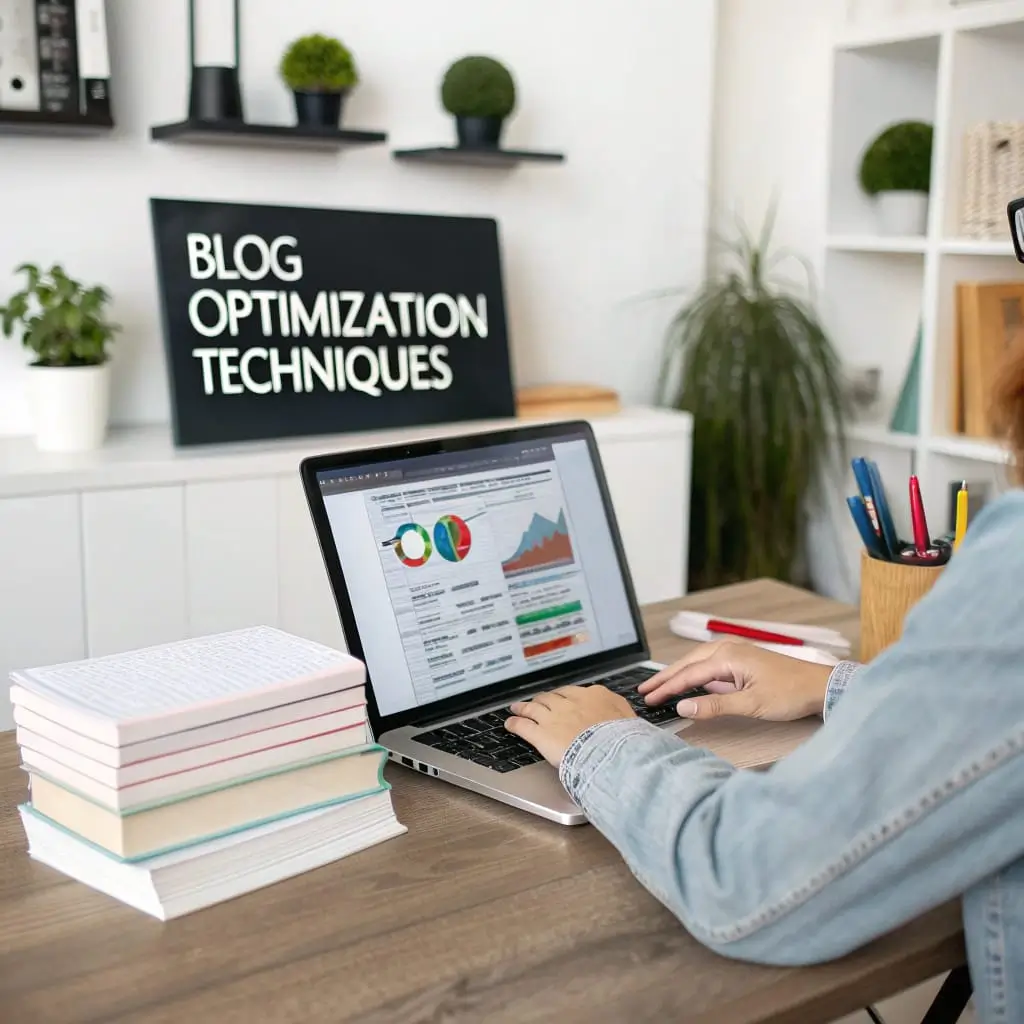How to Improve Your Blog: Blogging is a key tool for disseminating information, marketing products, and building online communities. However, having great content is not sufficient for a successful blog it must be technically optimized for smooth user experience, faster loading, and improved search engine rank. This guide addresses how you can optimize your blog using technical optimization to achieve more user engagement and improve SEO performance.
Importance of Site Speed and Optimization
One of the primary steps in technically improving your blog is ensuring it loads quickly. Site speed plays a crucial role in SEO and visitor retention, as slow-loading pages can raise bounce rates and negatively affect your rankings since Google factors page speed into its algorithm. To improve load times, begin by optimizing images large files significantly slow down your site. Use compression tools like TinyPNG or ImageOptim to reduce image size without sacrificing quality. Additionally, minimize HTTP requests by limiting external resources such as scripts, stylesheets, and fonts. Implement browser caching and use a Content Delivery Network (CDN) to deliver content efficiently worldwide.
Mobile Optimization: A Necessity for Today’s Users
How to improve Your Blog with Mobile Optimization: Mobile optimization must be one of your priorities when making improvements to your blog. Since mobile devices account for a big chunk of web traffic, responsive design is vital. Mobile users demand fast and smooth browsing experiences, so your blog must adapt seamlessly over varying screen sizes from smartphone and tablet to desktops. A responsive theme has consistent layout and readability on all devices. Test your site on various mobile platforms frequently, and utilize tools like Google’s Mobile-Friendly Test to identify and correct mobile usability issues. Mobile optimization not only enhances the user experience but also the SEO of your blog.
Optimizing Your Blog for Search Engines
Another crucial aspect of technically improving your blog is optimizing it for search engines. This includes creating clean, descriptive URLs, properly using heading tags, and implementing schema markup. URLs like “yourblog.com/optimize-your-blog-seo” are easier for users and search engines to understand. Heading tags (H1, H2, H3, etc.) organize content clearly, signaling the hierarchy of your content to search engines. Use a single H1 tag for your main title and H2/H3 tags for subsections to maintain logical structure. These details significantly enhance SEO and usability.
If you’re researching how to improve your blog technically, adding schema markup is essential. Schema provides structured data that helps search engines better understand your content. Applying schema to blog posts, articles, events, or reviews can enrich your search listings with features like star ratings, event dates, or article summaries. This improves your visibility in search results and increases click-through rates, giving your blog an SEO advantage.
Strengthening Website Security and Trust
Don’t overlook website security when optimizing your blog. A secure blog builds visitor trust and positively impacts SEO. Google treats HTTPS as a ranking factor, so securing your site with an SSL certificate to switch from HTTP to HTTPS is important. HTTPS encrypts data between your site and visitors’ browsers, protecting against cyber threats. If your blog handles sensitive information like payments or subscriptions, security is even more critical. A secure website boosts both user confidence and search rankings.
Enhancing Accessibility for Better User Experience
Accessibility is another key factor in how to improve your blog technically. Ensuring your blog is usable by all visitors, including those with disabilities, is both ethical and SEO-friendly. Google favors accessible websites and may rank them higher. To improve accessibility, provide descriptive alt text for images, enable keyboard navigation, and structure content logically. Use clear fonts, maintain sufficient contrast for readability, and ensure compatibility with screen readers to reach a wider audience.
Regular Maintenance and Updates
How to Improve Your Blog with Regular Updates and Maintenance: Regular updates and maintenance are also crucial to your blog’s technical well-being. Old plugins and themes can bring security risks and bog down your site. Keeping your blogging platform, plugins, and themes up to date avoids these problems and ensures compatibility with new web technology. Utilize tools like Google Search Console to monitor site performance, detect broken links, and detect slow pages. Schedule audits and make timely optimizations to keep your blog secure, fast, and competitive.
Testing and Analyzing Your Blog’s Performance
Finally, if your blog publishes a large amount of news or article content, consider implementing Accelerated Mobile Pages (AMP). AMP strips unnecessary code to enable pages to load almost instantly on mobile devices, greatly enhancing user experience. While AMP isn’t required for every site, it can improve your mobile site performance and help mobile search rankings.
In summary, how to Improve Your Blog involves a comprehensive approach focusing on speed, mobile responsiveness, SEO-friendly structure, accessibility, and security. Prioritizing these elements improves user experience and search engine rankings. Start applying these techniques today to build a fast, user-friendly, and SEO-optimized blog that supports long-term growth and success.

